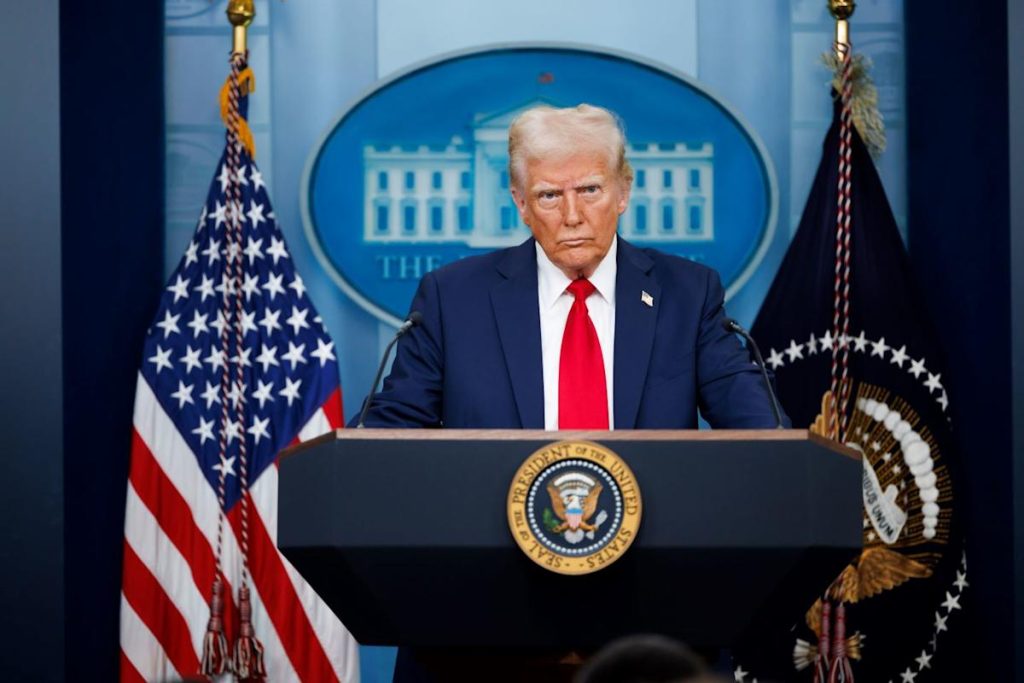
US President Donald Trump has resurrected a plan he failed to achieve during his first term that entails setting US drug prices by benchmarking them to the prices of the same product in other countries. The mechanism, referred to as Most Favored Nation (MFN) status in Trump’s May 12 Executive Order (EO), amounts to International Reference Pricing (IRP) – a price-setting system on which GlobalData is the world’s leading expert.
IRP is currently used by more than 75 countries worldwide to set drug prices. GlobalData analysts track changes to all countries’ IRP systems daily and can judge the implications of small tweaks to existing external reference pricing (ERP) rules for drug prices and the ability to reference. As such, GlobalData is perfectly positioned to judge whether Trump’s MFN EO will produce its intended result.
In short, the EO aims to secure US drug prices that are the lowest among the reference countries through the following measures:
-
The Department of Health and Human Services (HHS) informing pharma companies in the next 30 days what prices will be acceptable
-
If “significant progress” is not made, the HHS is directed to impose rules that will result in achieving MFN prices
-
If companies fail to comply, the US Government may: 1) take enforcement action against anti-competitive practices, 2) review export licenses for finished pharmaceuticals and APIs, 3) review and potentially revoke marketing authorisations for medicines found to be “improperly marketed”
The approach taken in the EO is to threaten pharma companies into lowering drug prices, but it belies the administration’s lack of awareness of how IRP actually works. An ERP system’s details are essential for determining the allowed prices under IRP. Among them are:
-
The formula for calculating the price (which, based on the EO, appears to be “the lowest” price among the reference countries)
-
The basket of reference countries and any specific order of referencing within it
-
Which products will be subject to pricing under IRP (e.g., all prescription drugs, or only some; reimbursable drugs, or non-reimbursable drugs as well; patent-protected drugs only, or generics and biosimilars; and retail drugs, hospital drugs, or both)
-
How often prices will be set under IRP (e.g., only at launch or also at certain intervals after launch)
-
Whether prices from the reference countries will be adjusted in any way before being used for US pricing (e.g., whether mandatory discounts will be incorporated, or will foreign prices – as best IRP practice guidelines recommend – be adjusted by Purchasing Power Parities)
-
What constitutes a suitable product for referencing (e.g., should it have the same formulation, number of units per pack, etc.)
-
What exchange rate will be used to convert foreign prices